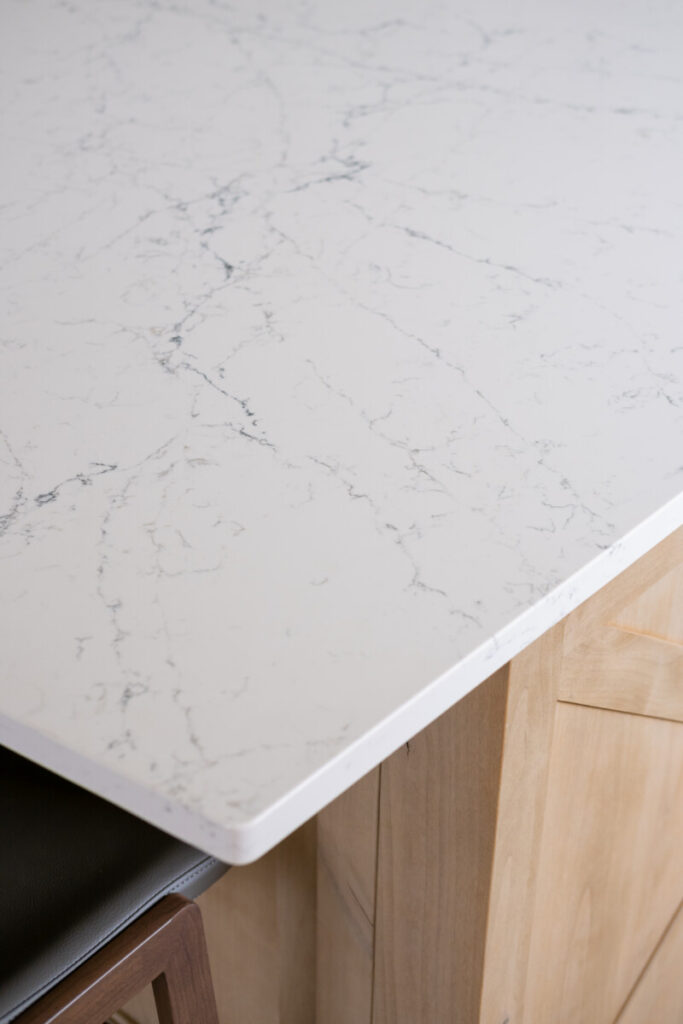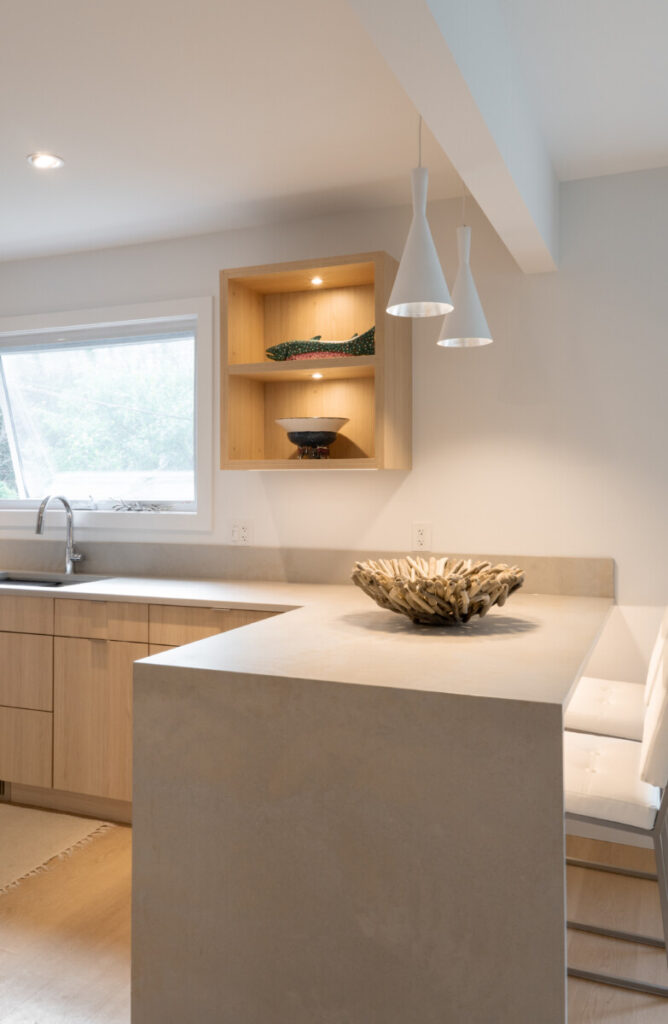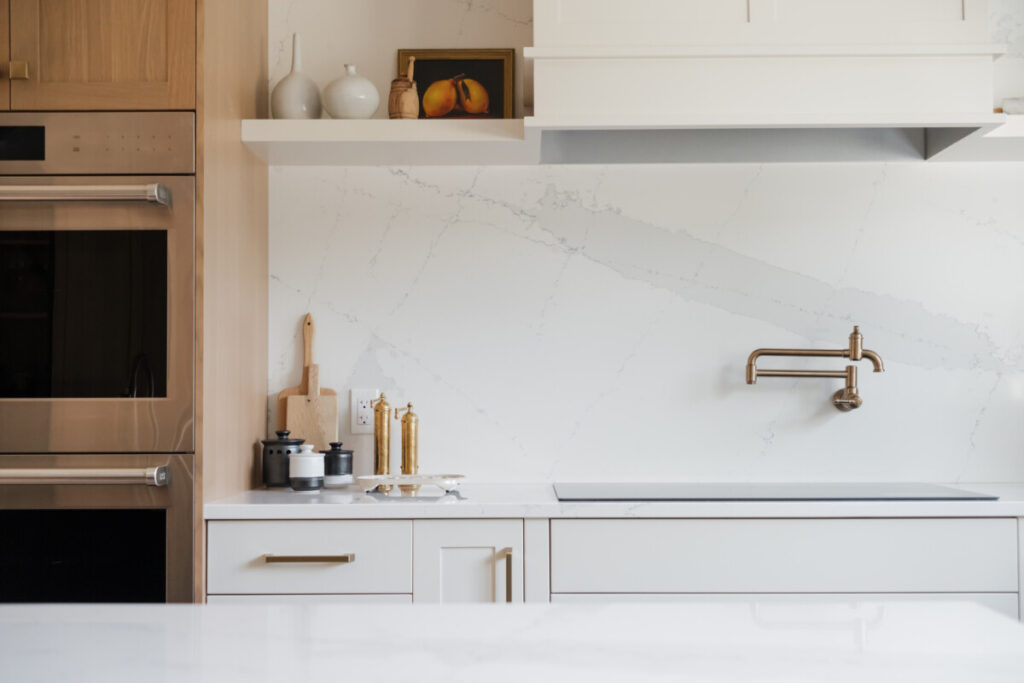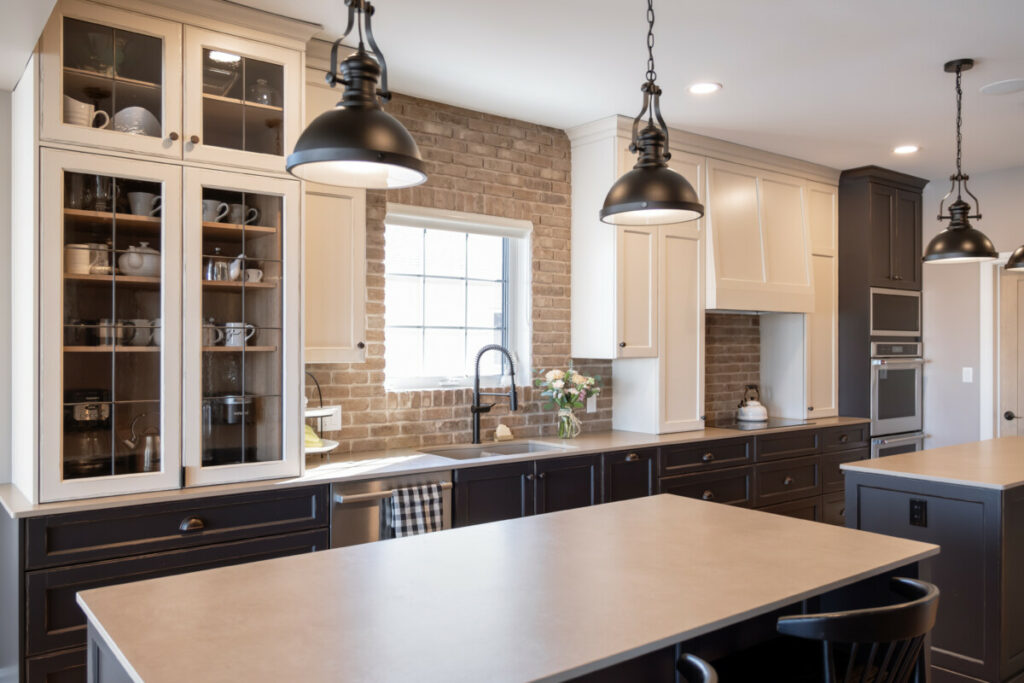
The End of Quartz Countertops?
You may have come across news articles recently that quartz countertops are being banned in different markets around the world, such as Australia. Does that mean the end of quartz countertops? Is my countertop dangerous? What do we do now?
There has been lots of talk over the last year or so about potential issues with quartz countertop, so let’s have a look at the facts and what the industry is doing to combat the problem.
What Are Quartz Countertops?

Quartz countertops are made by mixing the raw ground mineral components with binding agents and pigments and pouring them into a mold. The mold is then vibrated and compressed under intense pressure to eliminate air pockets. After pressing, the slab is cured under high temperatures to solidify the bond between the minerals and resins, making the mixture rock hard. Traditionally, these slabs have been comprised of up to 94% natural quartz mixed with pigments and resins – common in top brands of quartz surfacing for more than 30 years. Engineered stone countertops are another, often more fitting, name for this category of stone given the manufacturing process used to combine more than just quartz into the slabs. For context, a typical granite slab could have 10-45% quartz content with the balance being made up of other minerals.
What is Silicosis?
Silicosis is a lung disease caused by inhaling fine silica dust, primarily from materials like quartz. When quartz countertops are cut, ground, or polished, tiny silica particles can become airborne. Prolonged exposure to this dust can lead to silicosis, characterized by inflammation and scarring of lung tissue. Symptoms may include coughing, shortness of breath, and increased susceptibility to respiratory infections. With the popularity of quartz countertops increasing over the last 20 years, and the higher quartz content of the slabs compared to natural stone, workers in stone fabrication and installation are at a higher risk than in the past, so it’s important that fabricators use proper safety measures, such as respirators, wet cutting and adequate ventilation, to minimize exposure. The restrictions and / or bans on quartz countertops that are being discussed or implemented are to protect those that could experience prolonged exposure to airborne crystalline silica dust through the manufacturing & fabrication of countertops.
Is My Countertop Dangerous?

Not at all! A quartz countertop poses no risk to homeowners / countertop users once installed. There is no need to remove engineered stone from homes or workplaces as it does not pose health risks if left undisturbed. It is important not to undertake DIY work with engineered stone countertops, slabs or panels. Cutting, grinding, trimming, drilling, sanding or polishing can generate silica dust that can be harmful when inhaled. Contact a qualified tradesperson instead.
How is the Industry Responding?

Many of the new regulations being discussed or put in place, such as in Australia, New Zealand & California, would restrict the amount of quartz that can be present in a slab to reduce the risk of those working with the material. Many brands have worked to reduce the amount of quartz used in their products, such as Silestone & Caesarstone, and have begun offering products that offer the same premium look & performance while reducing the amount of quartz content from 94% down to 10-40% by reformulating to include other premium minerials, such as feldspar, and recycled materials like glass. This is why you may begin to hear products that were once considered quartz countertops be referred to as “mineral surfaces”. As the industry continues to learn & adjust their approach, and given the public’s name recognition of quartz as a countertop material, it will likely take a number of years before these terms become commonplace. In the meantime, quartz / engineered stone / mineral surfaces could likely be used interchangeably depending on who you may be having a discussion with.
Are There Other Options?

Yes! The last few years has seen an increase in the popularity of large format porcelain countertops. Brands like Laminam have had success with their surfaces for countertops & facades, and traditional quartz manufactures like Coesentino and Caesarstone have both released porcelain slab lines. These materials feature large scale, high-definition patterns that mimic those of natural stone and marble, while providing a non-porous, scratch & heat-resistant surface.